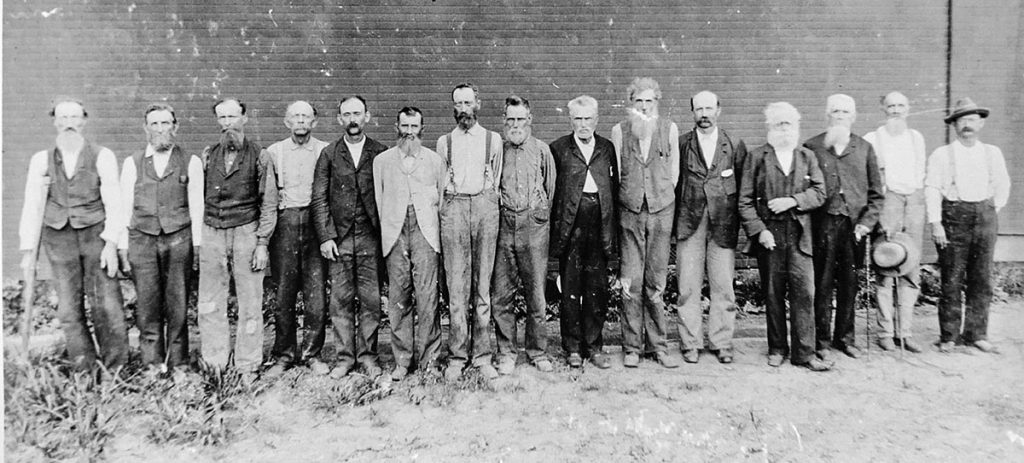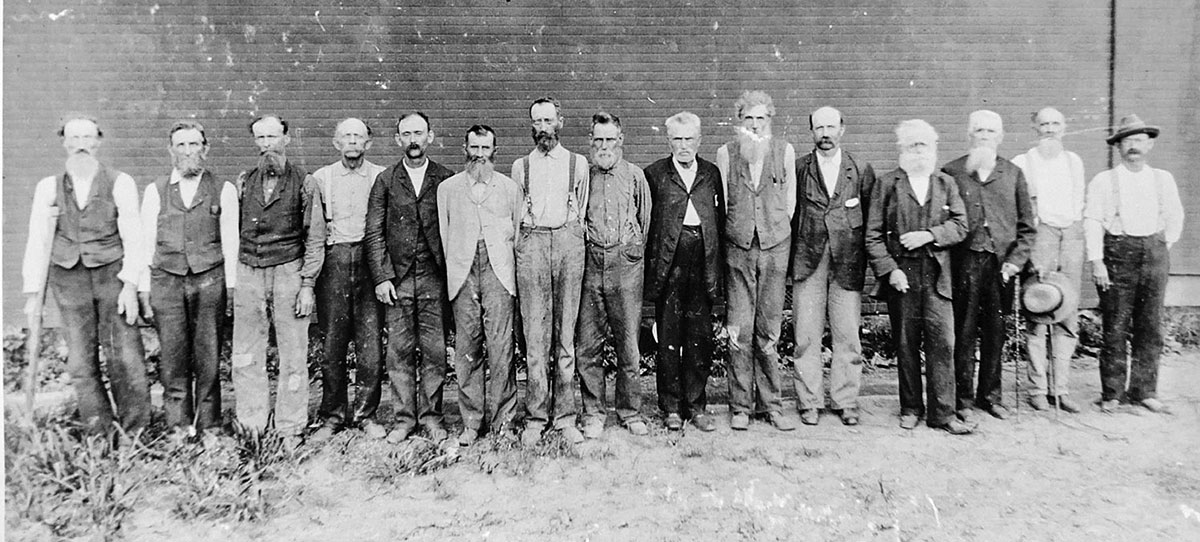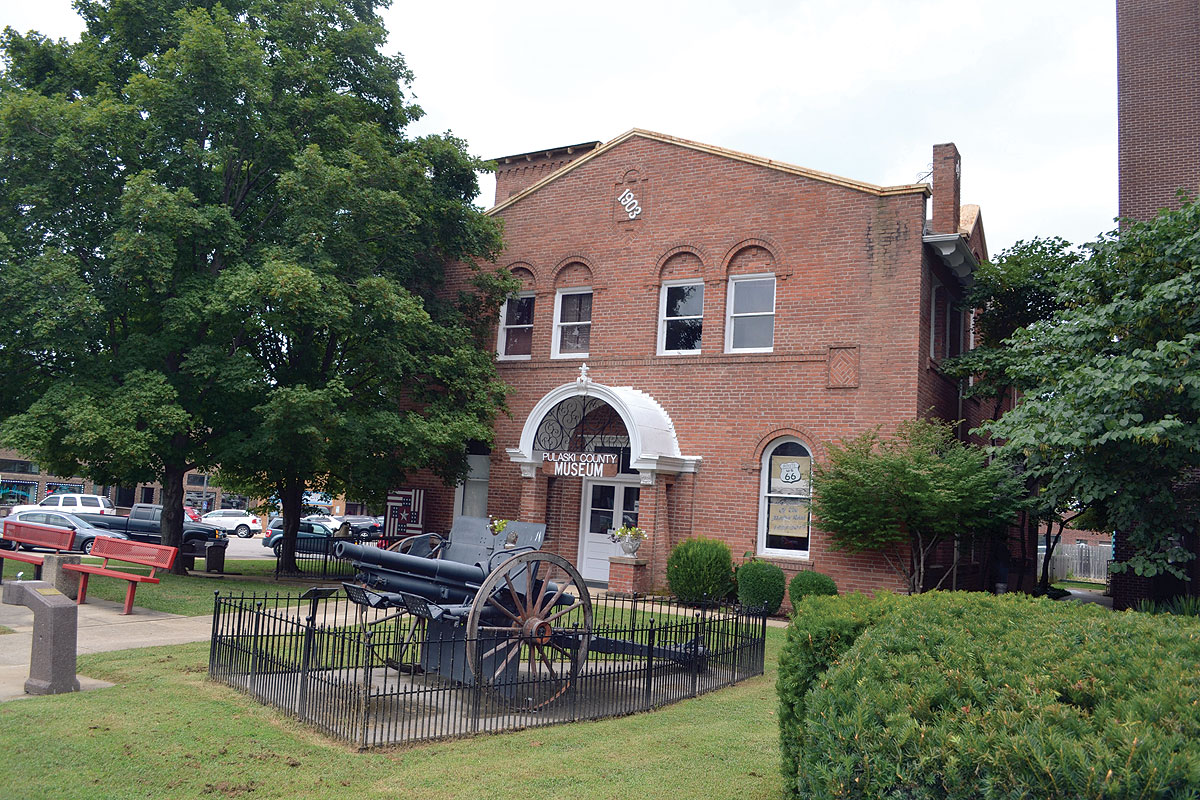
Walker, Mo., began with the expansion of the railroad system
The city of Walker, Mo., owes its existence to the coming of the railroad on Oct. 16, 1870. The town was laid out in December 1870, by Walker Town Company of which J.R. Barrett, of Sedalia, Mo., was president; H. L. Marvin was the surveyor. Hiram F. Walker, an old and prominent resident for whom the town was named, and Wm. Leslie were the original owners of the land. Maj. B.J. Clinton located there a few years before the Civil War and was perhaps the first white settler in what is now the town of Walker.
The town is situated in the central portion of the township. The site is in the midst of a prairie, surrounded by a fine farming country and a thriving community.
The Walker Depot was built soon after 1870. The depot had a wooden floor and a pot-bellied stove that sat in the middle of the waiting room. Benches lined the walls as people waited for the trains.
The trains were dispatched by telegraph. The depot agent sold tickets and doubled as a telegraph operator. He was also responsible for handling the baggage, the mail and the freight. Through trains didn’t stop. When they went through Walker, they would kick off big canvas bags full of mail. The depot agent would be responsible for seeing that the mail bags were delivered to the post office.
In 1887, when the History of Vernon County, Missouri was published, it stated the Walker Township was almost entirely underlaid with coal at a shallow depth. Mr. Doran, the county mine inspector, gave the opinion that in time quality coal fields would be opened at Walker. This prediction came true as coal was mined by hand west of Walker, and Pioneer Coal Company moved in northeast of Walker and dug for several years during the 1940s.
A branch rail line was completed to El Dorado Springs, Mo., in 1899 and became a popular trip for those seeking healing in the popular health resort. People rode the train to and from El Dorado Springs, spending the night in any one of the three hotels in Walker.
The train was the most popular mode of travel and also available for transporting livestock with a stockyard adjacent to the depot. Walker was a prominent shipping point for livestock and hay. Hundreds of hogs were hauled in wagons and large herds of cattle were driven to the stockyards by the railroad to be shipped to various markets in the country. In an ordinary year between 250 to 300 carloads of livestock were shipped, and from 500 to 1,000 carloads of hay were shipped out.
For many years Walker was served by three passenger trains, the Katy Limited, the Katy Flyer (two locals that ran from Parsons, Kan., to Sedalia), the El Dorado Branch and several freight lines. Anyone who wished could board the train to Nevada, do their shopping and return in a few hours for the price of 15 cents one way or very little more for a round-trip ticket.
S.J. Preston started the Walker Her newspaper in 1882, and continued it until his death in 1931. Many of the newspapers were preserved by his granddaughter, Helen Newland Kennedy, and have provided a unique history of the community.
Even though the railroad was responsible for Walker’s beginning, it helped bring about many problems when the trains were fueled by coal. Sparks from the train set many fires in the town. A big fire took place Easter Sunday, March 27, 1910, burning several businesses on the town’s main street.
Walker’s only bank was established July 7, 1891, when 20 stockholders in a called meeting elected seven directors that included David Arnold, J.W. Hays, A.W. Edwards, R.L. Wilson, S.D. Buck, B. Snodgrass and E.T. Letton. Edwards was the first president with Snodgrass as vice president and Shacklett as cashier.
The first post office in the Walker area was started by the Ligioniers and was located in the southeast corner of section 15. A settlement developed around this area until the MKT Railroad opened. The first postmaster for the Walker Post Office, C.B. McClelland, was appointed May 24, 1879.
In 1955, the passenger trains left the railroad. The Walker Depot closed in the late 1950s and the railroad carried freight only – including large amounts of coal.
MFA Grain Elevator stands where the old depot stood some railroad cars are used to haul grain, but most are trucked to their destination. The purpose for which the railroad was built is almost over, but the city of Walker is still alive and 150 years strong.
The Walker community celebrated its sesquicentennial the last weekend in September 2020, with the theme “Remembering the Past to Benefit the Future.”







